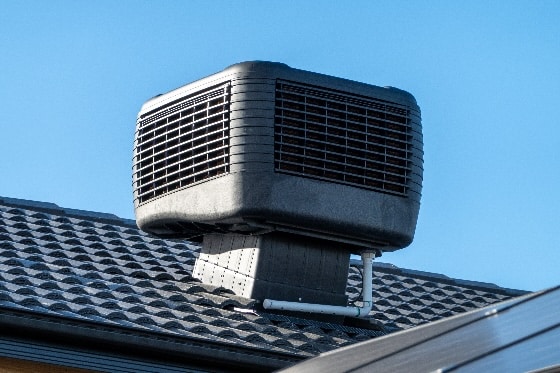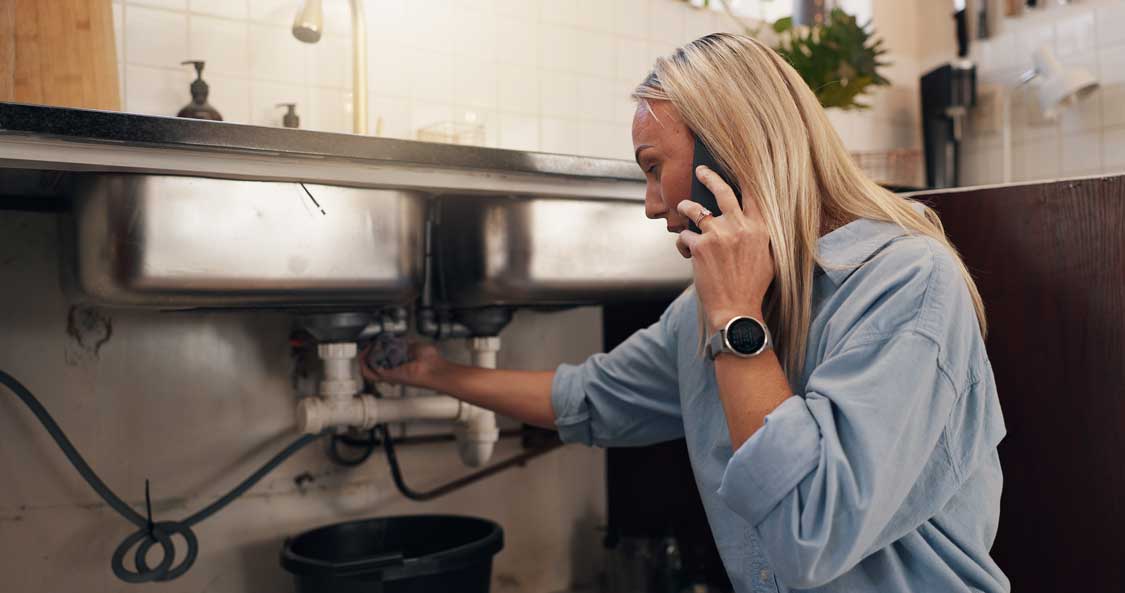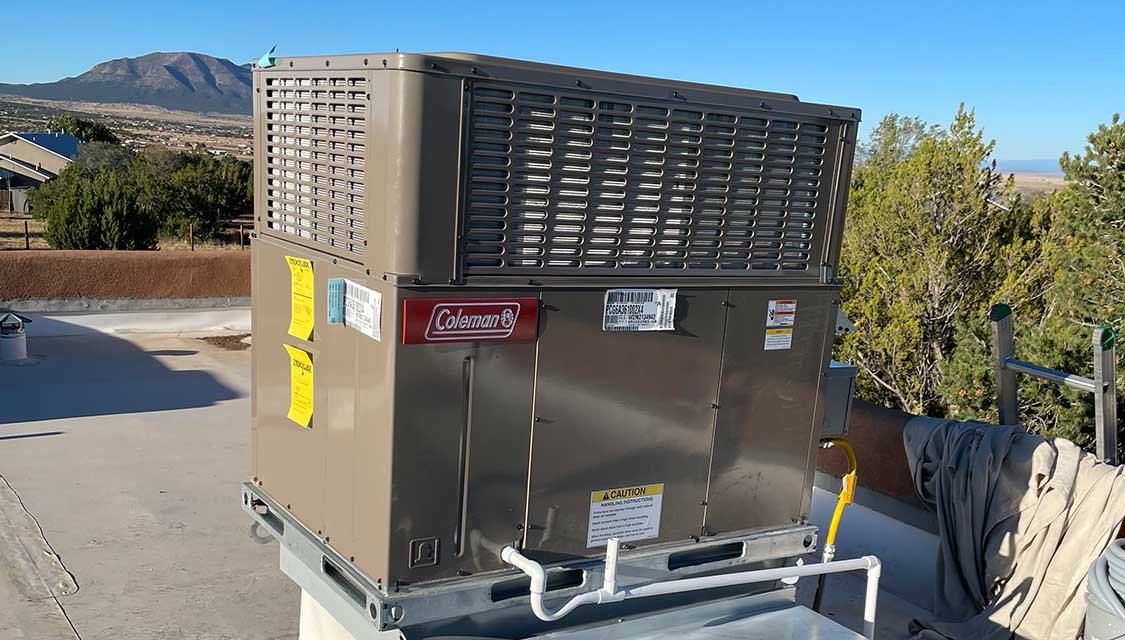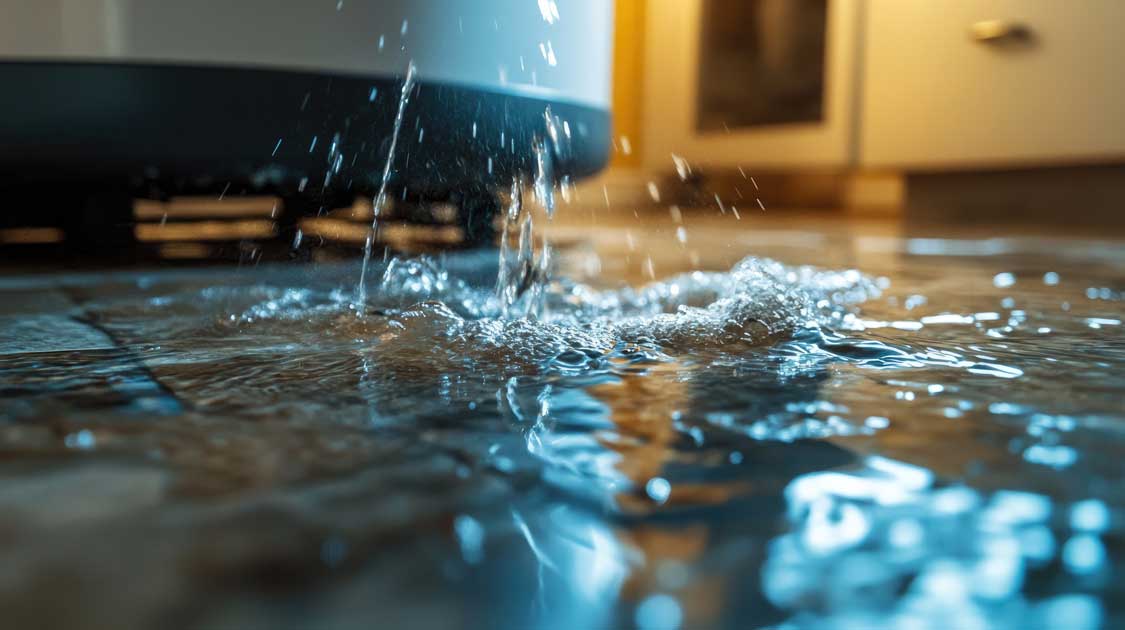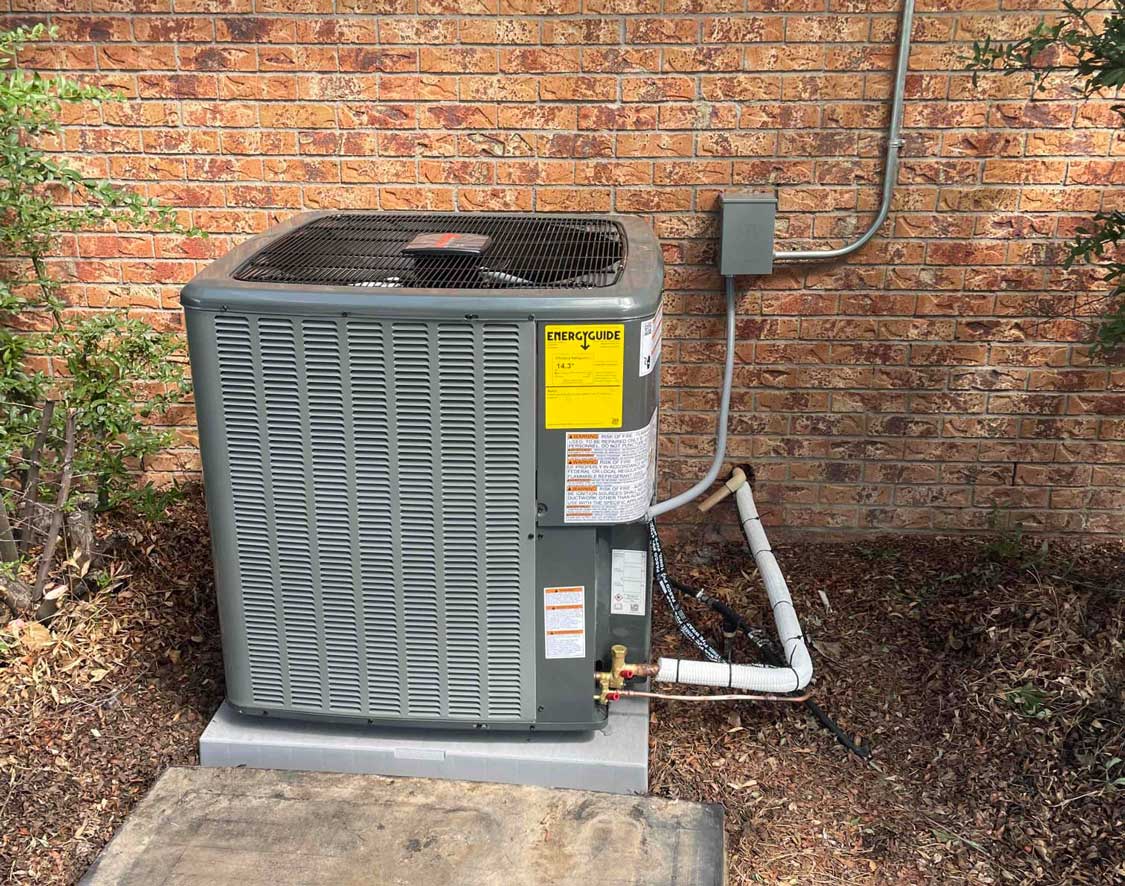When the spring winds settle and the desert heat rolls in, many Albuquerque homeowners fire up their evaporative coolers—only to find they’re not working the way they used to. If your swamp cooler (as we call them around here) isn’t keeping up, hard water could be the silent culprit.
At B. Carlson Heating, Air Conditioning & Plumbing, we’ve seen it all—white crust on the pads, sluggish airflow, pumps that fizzle out by July. It’s all too common in homes across the Rio Grande Valley, where our water may be safe to drink but brutal on cooling systems.
Let’s break down why hard water is so tough on evaporative coolers—and how we help Albuquerque families stay cool without the stress.
What Is Hard Water—and Why Is Ours So Bad
Hard water is packed with minerals like calcium and magnesium, picked up as groundwater moves through the dry, mineral-rich terrain of the high desert. In homes that pull water from the Rio Grande Basin or rely on municipal wells fed by the aquifer, that mineral content builds up fast—leaving scale on fixtures, appliances, and evaporative coolers alike.
You might notice it as a chalky film on your dishes or that stubborn crust around the showerhead—but inside your cooler, that buildup can do real damage. And with our long cooling season, that damage adds up fast.
How Hard Water Damages Your Evaporative Cooler
Evaporative coolers rely on water trickling over pads to create cool airflow. But when hard water evaporates, the minerals don’t go anywhere—they stick around.
Over time, they build up in all the wrong places:
- On the cooling pads
- Inside the water distribution tubes
- Around the pump and reservoir
Once those deposits harden, your cooler has to work overtime to keep the house comfortable. You’ll feel the difference—and you’ll see it on your utility bill.
Warning Signs: Is Hard Water Already Clogging Things Up?
If your swamp cooler isn’t keeping your stucco home as breezy as it used to, look out for these signs:
- Weak airflow or warm air blowing through the vents
- Pads that feel crusty, stiff, or discolored
- White or gray buildup inside the cooler or around the tubing
- Pump sounds louder than usual or isn’t pushing water effectively
- Water overflow or dry spots on the pads
These symptoms show up in homes all across the metro—whether it’s an older adobe with aging plumbing or a newer build with modern lines. Hard water doesn’t discriminate. Over time, mineral buildup quietly collects until your cooler’s performance takes a nosedive.
Three Major Problems Caused by Mineral Buildup
1. Cooling Pad Blockage
Your pads should stay moist and porous to cool the air efficiently. But when they’re crusted with mineral deposits, they stop absorbing water properly. That makes your cooler run longer with weaker results—especially during our triple-digit days in July and August.
2. Clogged Water Distribution Lines
Even the smallest mineral deposits can gum up the tiny tubes that distribute water. This leads to dry patches on the pads, uneven cooling, and eventually complete blockages. We see this often during spring startups, especially in homes that skipped fall maintenance.
3. Pump Strain and Early Failure
Minerals can coat internal components or corrode the housing of your pump. The result? A noisy, overworked pump that’s one step away from quitting. We’ve replaced too many pumps in homes near the Westside and foothills due to unchecked mineral buildup.
Albuquerque’s Hard Water Requires Smart Maintenance—Here’s What Works
Hard water is a constant in our part of New Mexico, but breakdowns don’t have to be. With the right maintenance approach, your evaporative cooler can run clean, efficient, and reliable—even through the worst of summer.
At B. Carlson, we’ve built our service plans around the realities of desert living—from mineral-heavy water to 100-degree days in the Valley. Here’s what actually makes a difference:
Seasonal Tune-Ups That Prevent Bigger Problems
Spring startup and fall shutdown services are more than a once-over. We remove mineral deposits, check pad condition, clear water lines, and clean the pan and pump—before buildup hardens into damage. You avoid surprise repairs and get better cooling day to day.
Cooling Pads That Handle Our Water Better
Not all pads are made for hard water. We recommend rigid media pads (like Mastercool) that resist scale and provide consistent airflow. They’re especially helpful for homes west of the Rio Grande, where water hardness tends to be the worst.
Water Treatment That Protects Your Whole System
For households with very hard water, a simple inline filter or full-home softener can make a big difference. Reducing mineral content at the source helps protect your swamp cooler—and every other appliance that relies on water.
Auto-Flush and Water Monitoring Options
Draining and replacing the water every couple of weeks helps control mineral levels. We also offer bleeder valve installations, which automate small, consistent flushes during use. It’s a hands-off way to reduce buildup without extra effort.
Don’t Let Hard Water Shut Down Your Swamp Cooler
Evaporative cooler acting up? Hard water buildup may already be doing damage—and DIY fixes can make things worse. Scrubbing with the wrong tools or using harsh cleaners can lead to leaks, pump failure, or even electrical hazards.
Skip the guesswork. When you call B. Carlson Heating, Air Conditioning & Plumbing, you get licensed pros who know how hard water behaves in New Mexico homes—because we’ve been solving these exact problems since 1971. From seasonal service to long-term solutions, we’ve got you covered.
Call now or schedule online to keep your cooler running strong all summer long. We’re your best friend in home services—here when you need us most.

